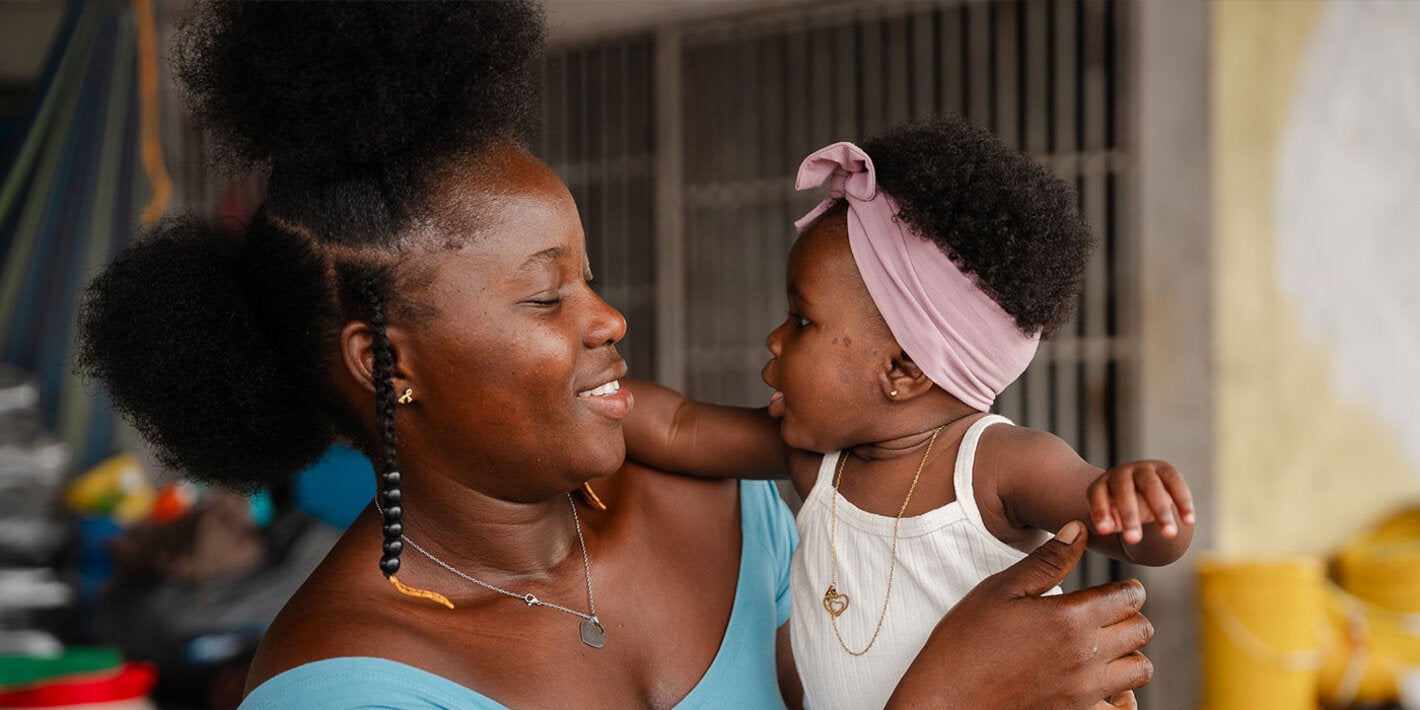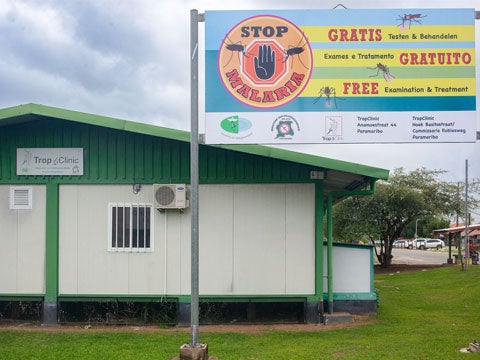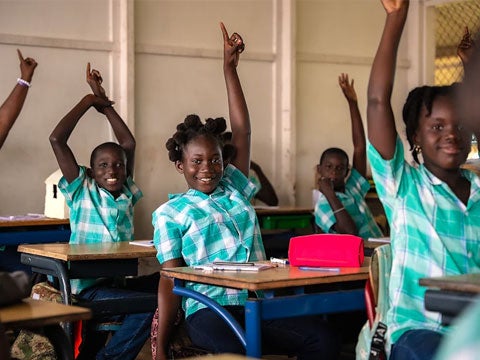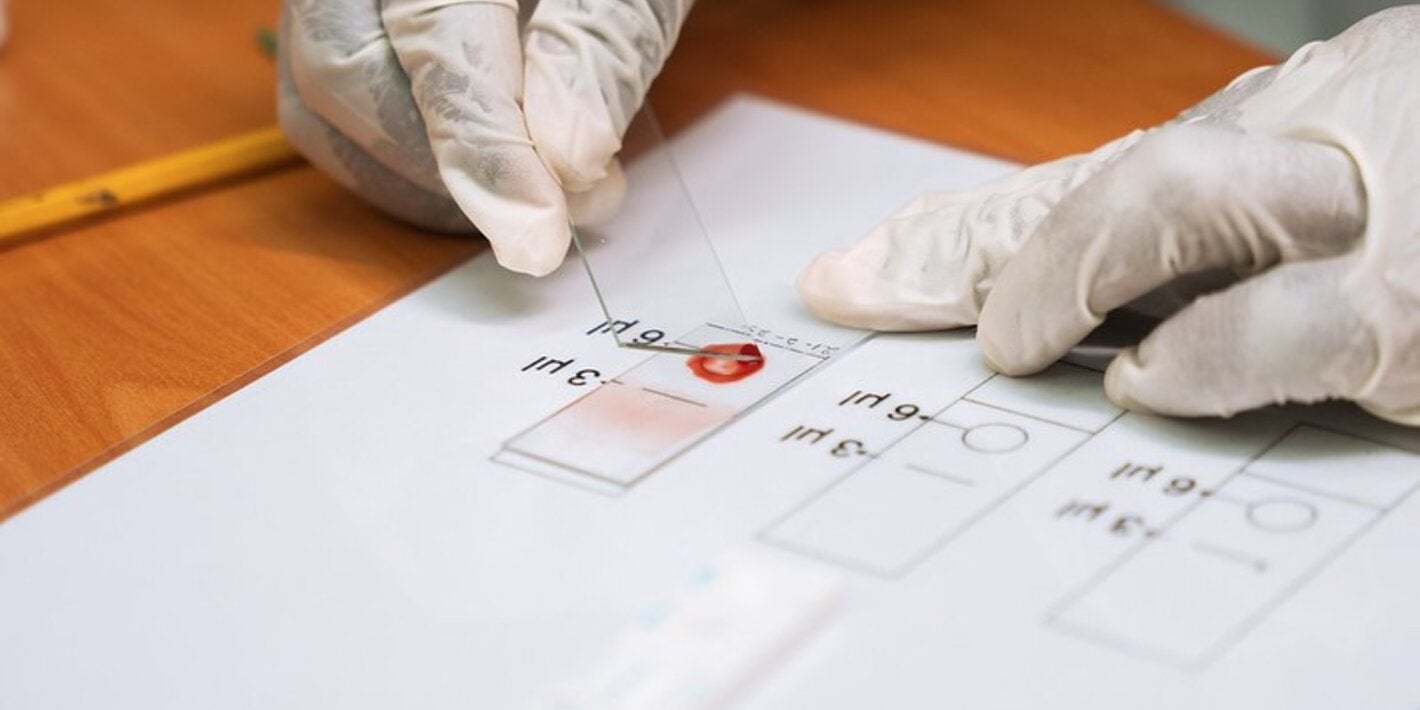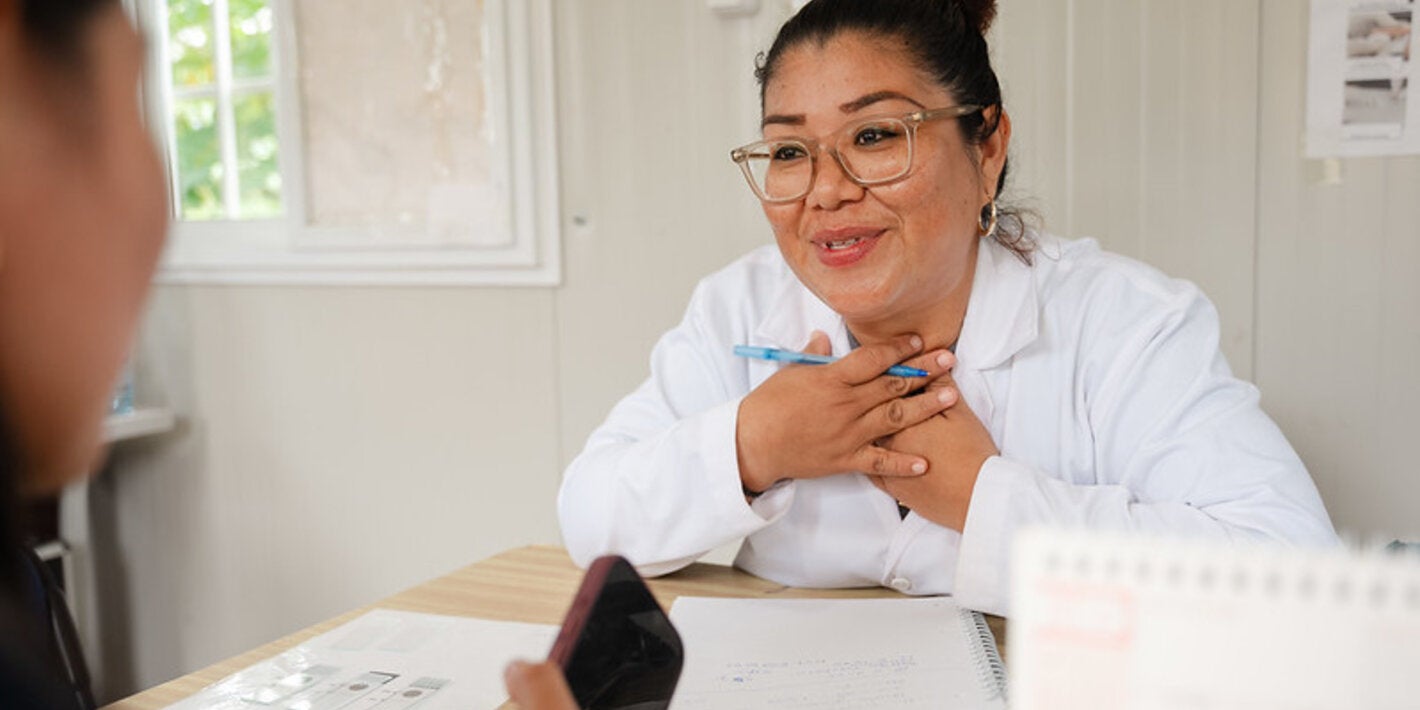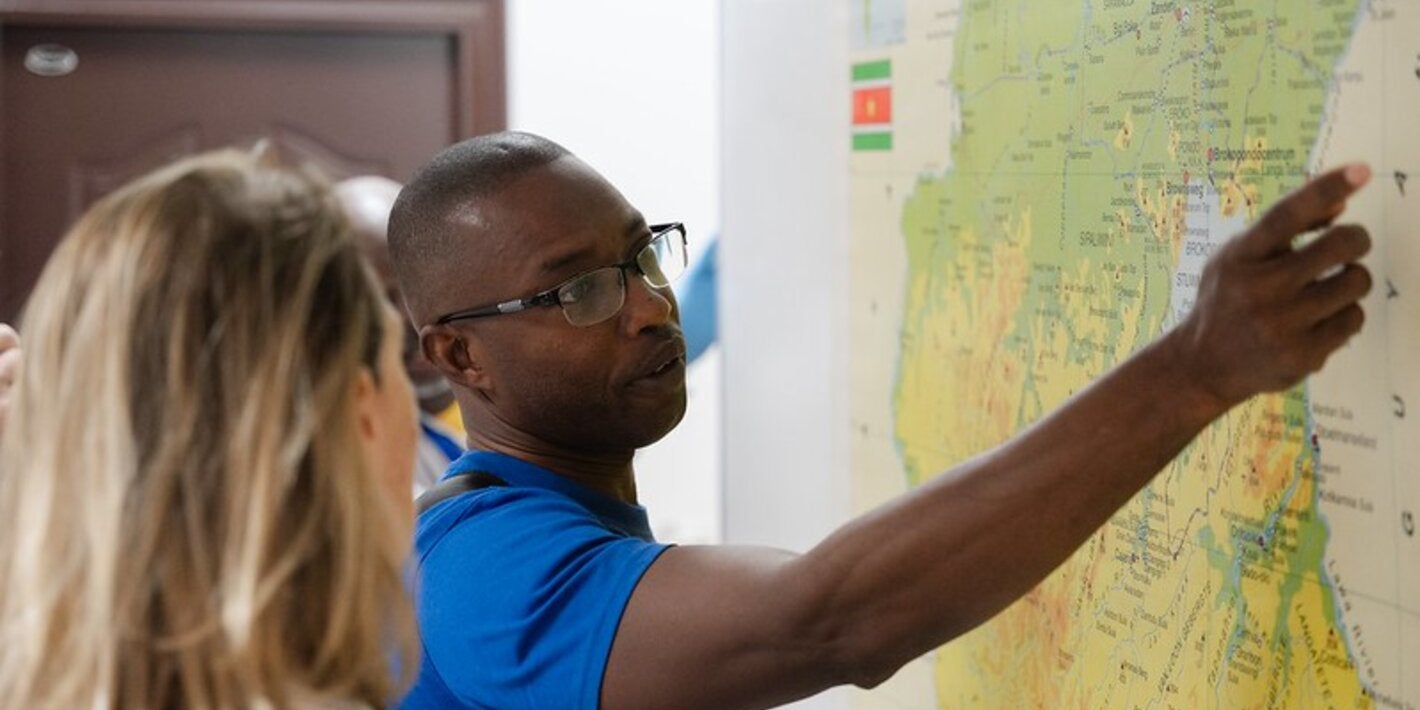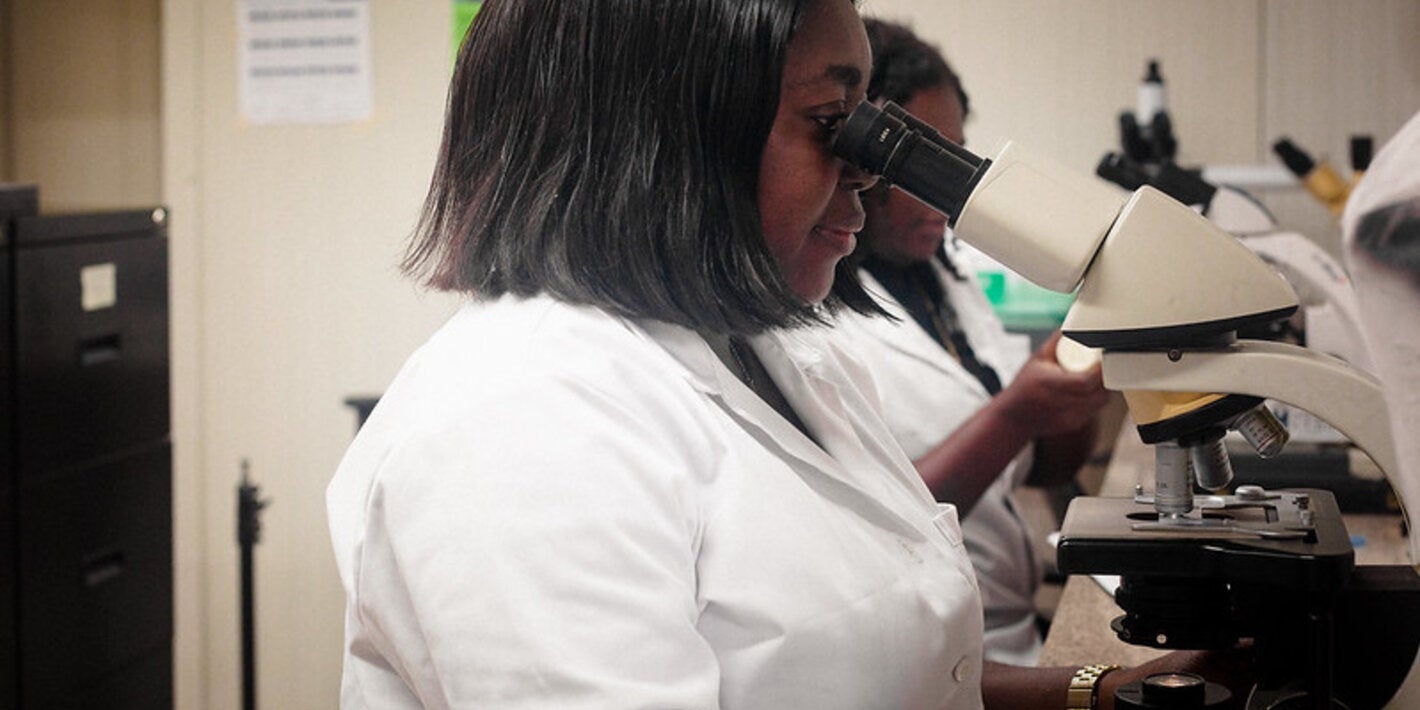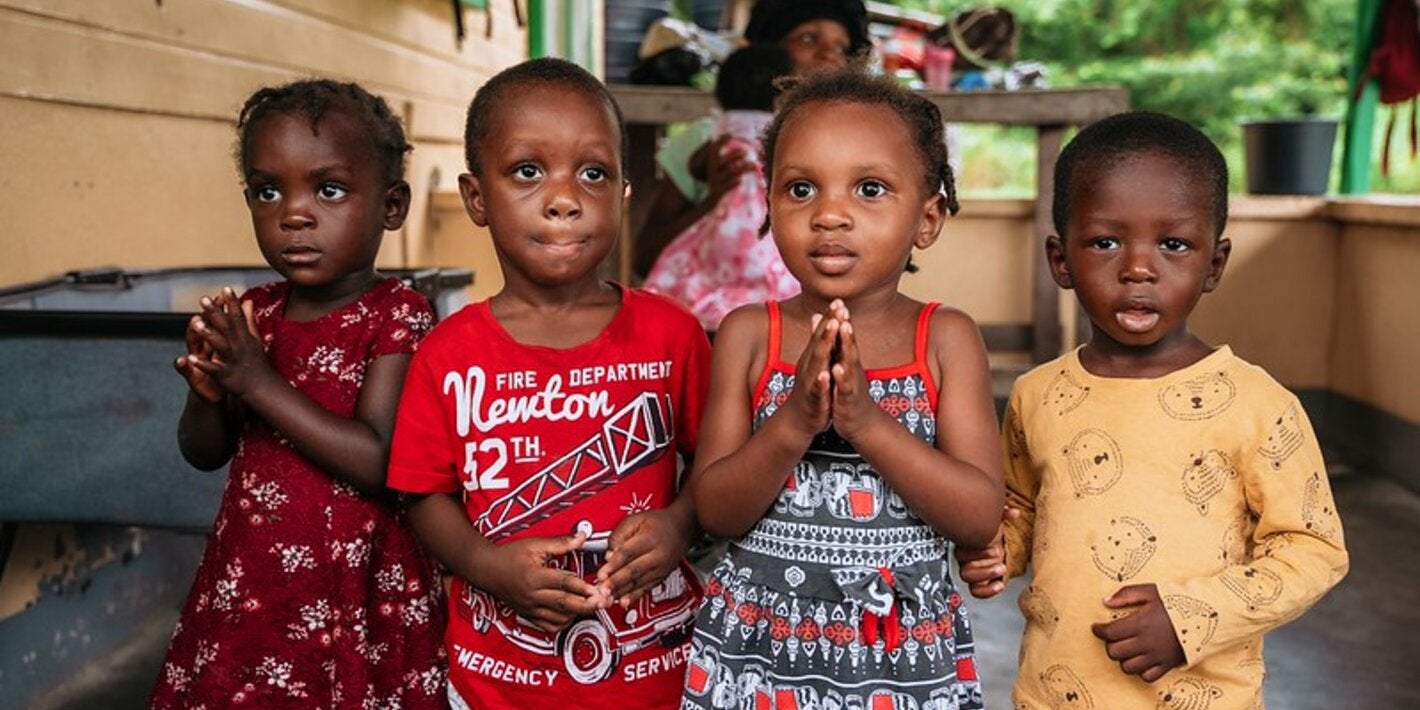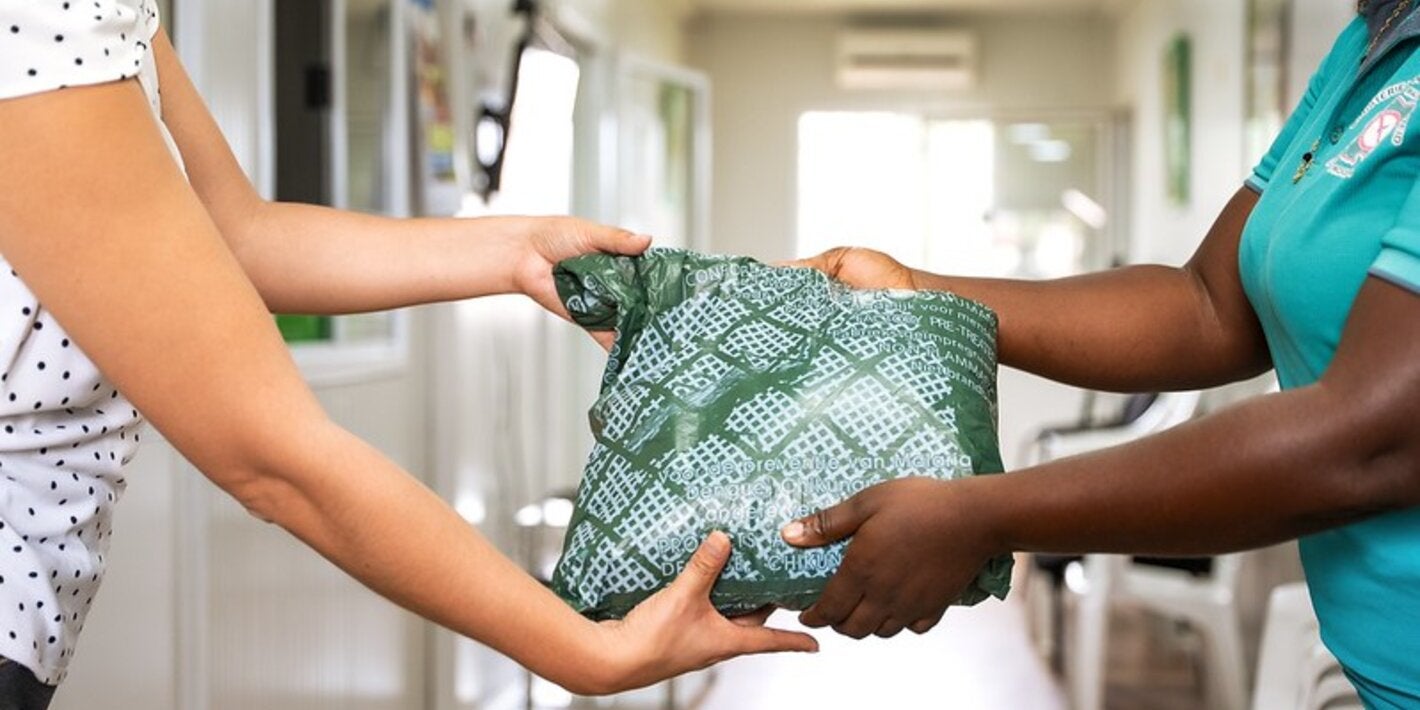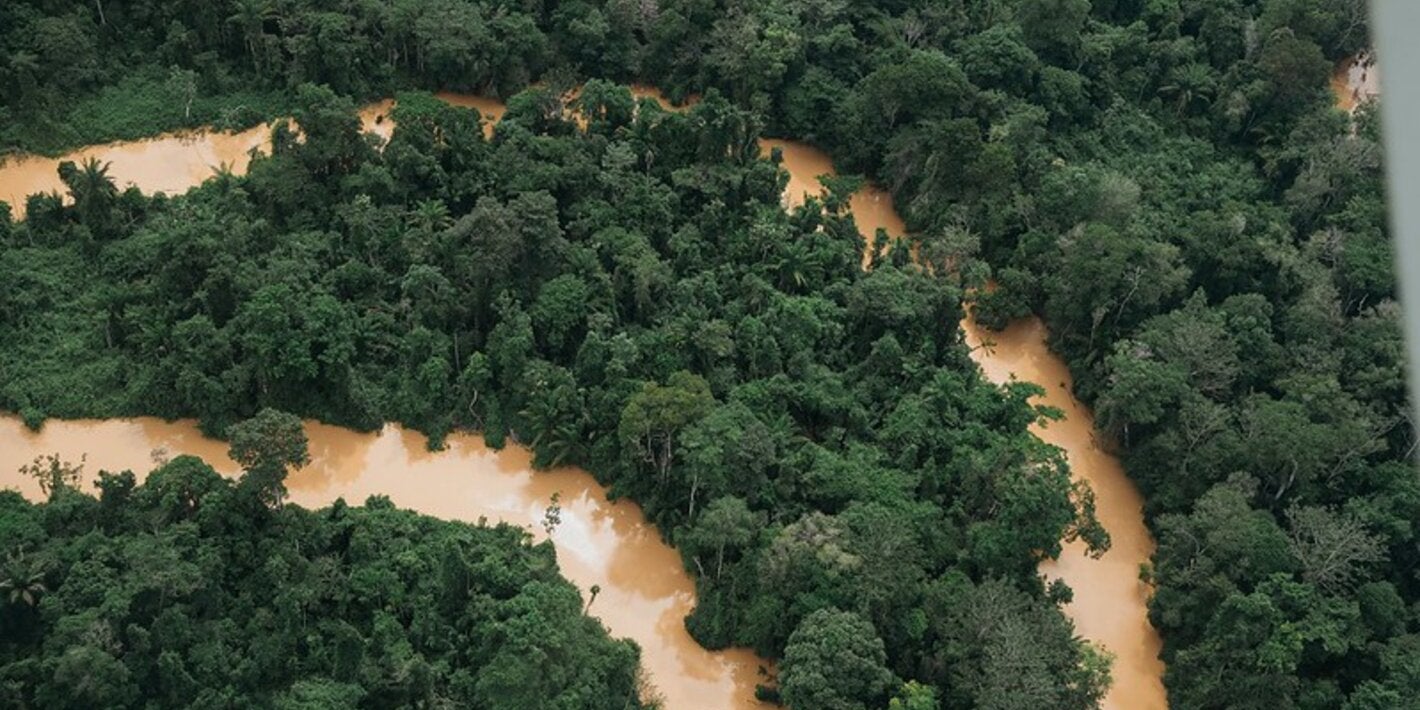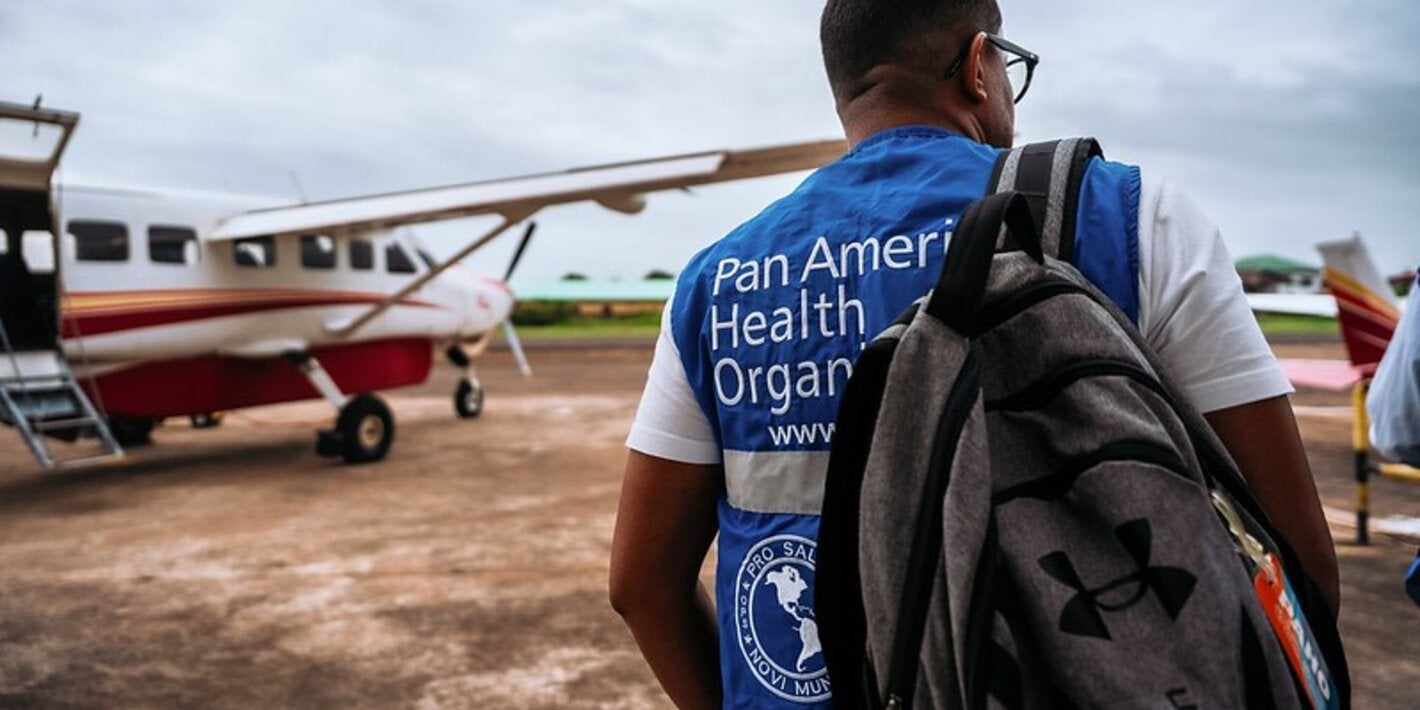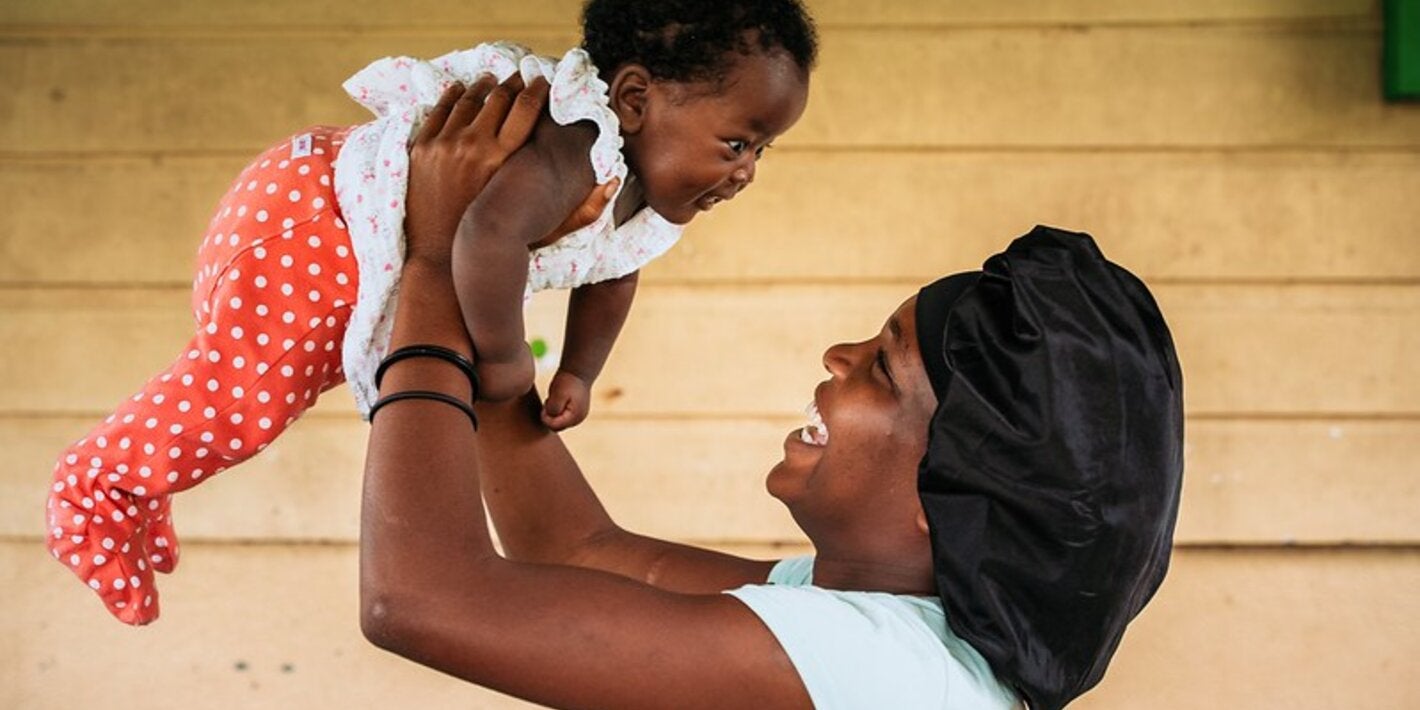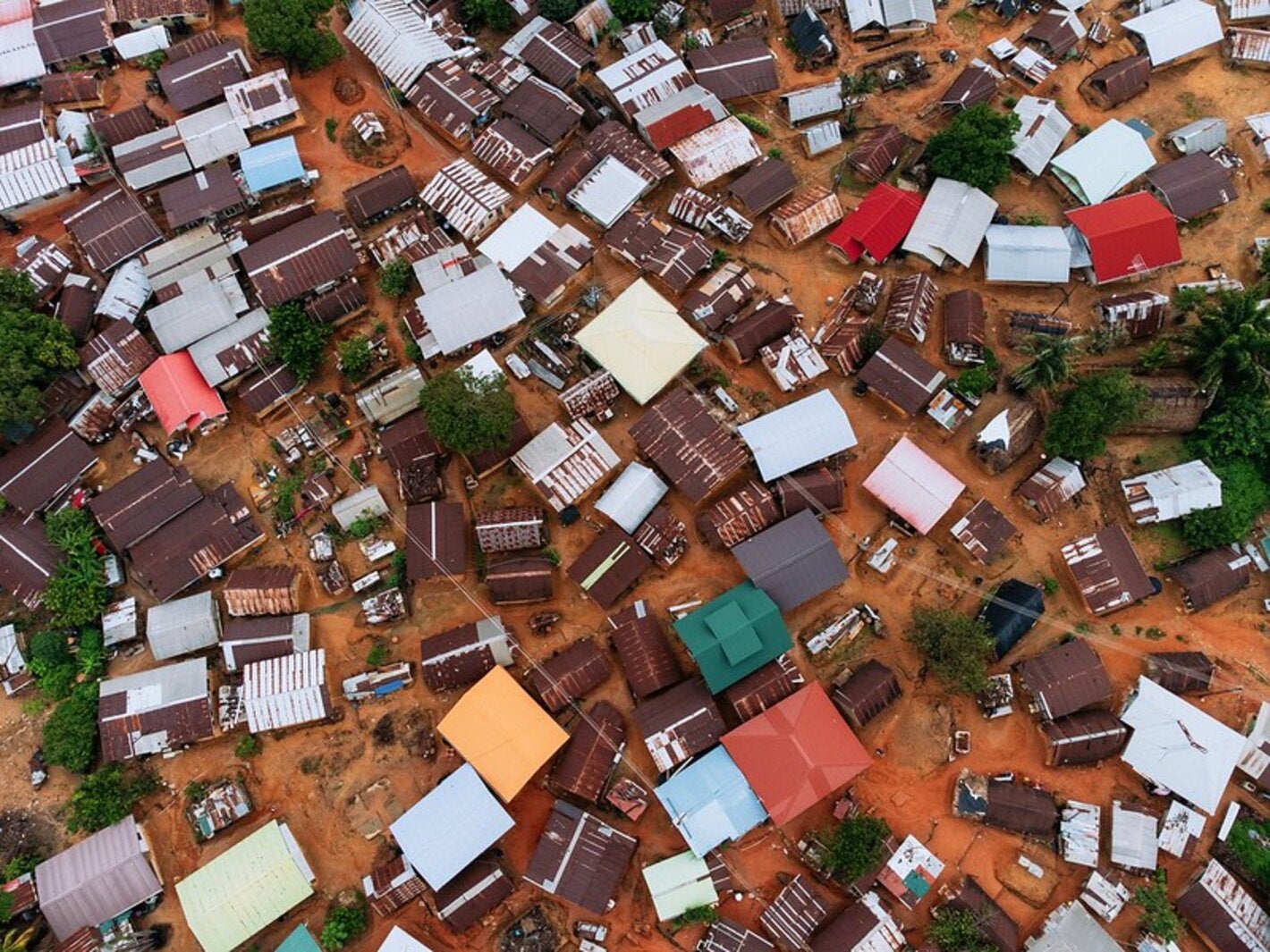In 2025, Suriname became the first country in the Amazon region to receive malaria-free certification from the World Health Organization.
Through unwavering political and financial support, robust technical strategies, and powerful collaboration across sectors and borders, the country has triumphed in eliminating malaria.
Recent history of malaria in Suriname
From 2000 to 2005, malaria incidence remained high, with approximately 160 cases reported per 1,000 inhabitants annually. Suriname intensified its efforts to understand the transmission characteristics and malaria risk of the distinct areas to tailor interventions to each context to further reduce and ultimately eliminate malaria.
The country was classified into three main ecological zones: the coastal area where malaria was controlled with Indoor Residual Spraying (IRS) with DDT, the savanna belt and lake region with low transmission and sporadic outbreaks, and the forested interior with high transmission in mining areas.
The last mile towards malaria elimination
Suriname' strategic planning, tailoring of malaria interventions, and strong collaboration across sectors allowed to achieve malaria elimination.
From aligning and leveraging the primary health care sector to refining its people-centered approach to increase access to malaria services in areas where the need is greatest, the country has balanced and adapted throughout the various phases of disease elimination to achieve its goal.
Stories
Photo credit: Rafael Jantz
The path to malaria elimination in Suriname
Ensuring that diagnosis and treatment is available for all is key to reach and maintain zero malaria,” said Dr. Marthelise Eersel, who leads Suriname’s Malaria Program. This year, Suriname became the first country in the Amazon region to receive malaria-free certification from the World Health Organization (WHO)
Videos
Communication resources
Social media
Card Nº1
Card Nº2
Related links

